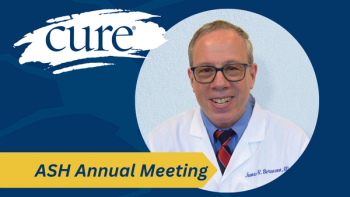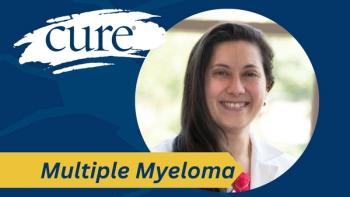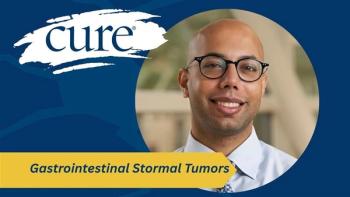
Finding the Right Therapy for High-Risk Mantle Cell Lymphoma
A certain group of patients may not be candidates for common therapies, explained Bijal D. Shah, M.D.
Patients with high-risk mantle cell lymphoma may also have more proliferative disease and carry P53 mutations, and in turn, could experience worse outcomes when treated with common therapies, explained Bijal D. Shah, M.D., oncologist at the Moffitt Cancer Center.
Experts in the field have described this group of patients as a "distinct subtype" of mantle cell lymphoma, and studies have shown that despite the fact that these patients may be younger, they tend to have worse outcomes when given regimens of high-dose induction therapy followed by a stem cell transplant.
So, it is important that researchers and clinicians alike continue to search for better therapies for these patients.





